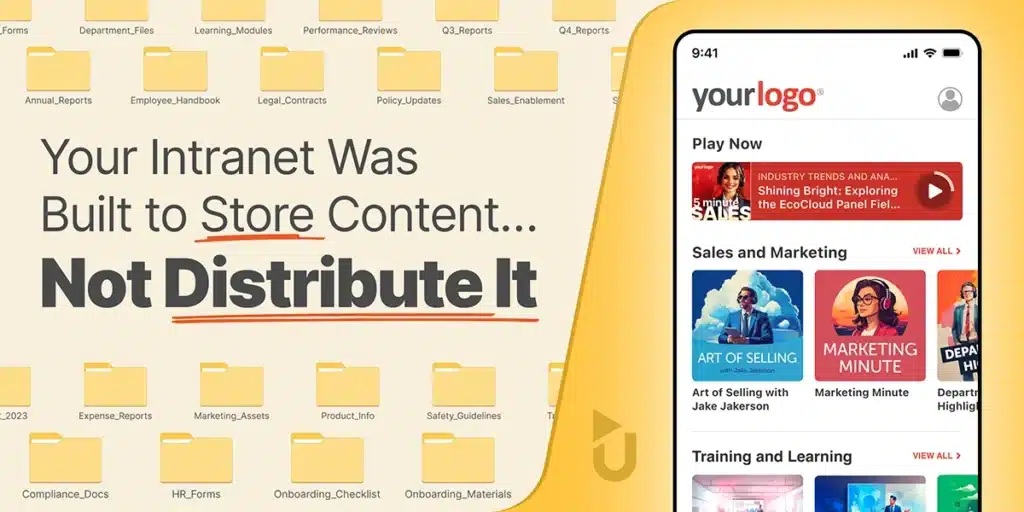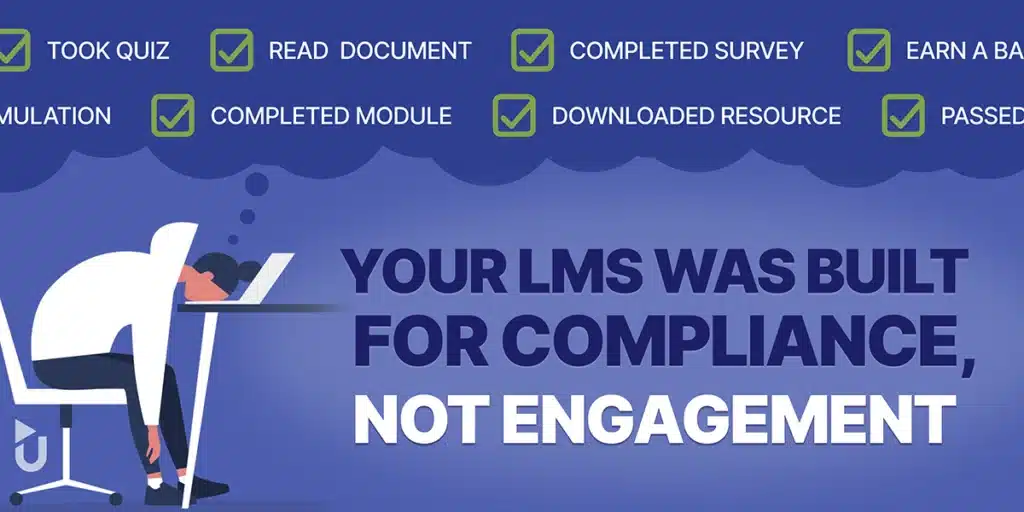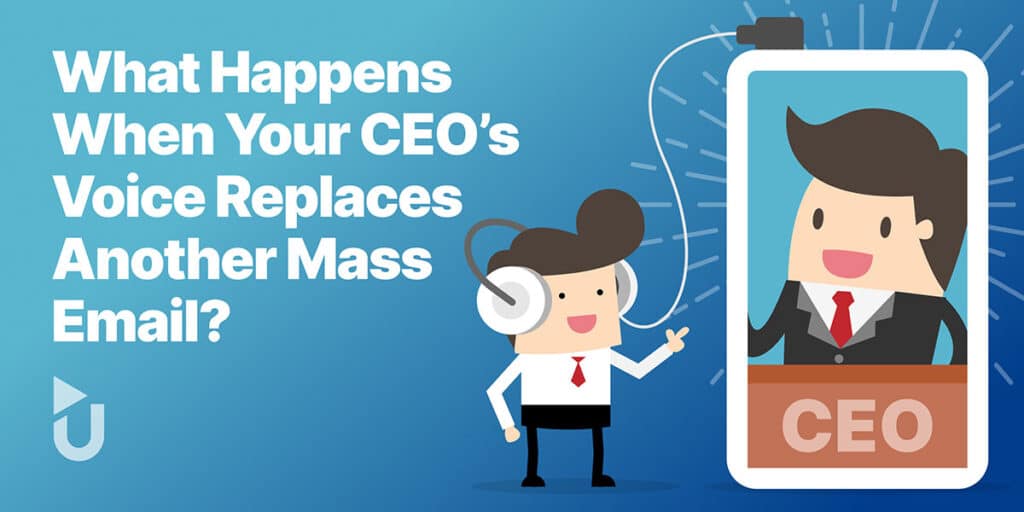The Top 10 Predictions for Video in 2016
uStudio | Data & Analytics, Interactive Video, Live Video, News & Events, Video Platform

 As we close the book on 2015, it’s easy to predict video will see dramatic increases in importance in 2016. Not just for consumers, who can stream and create video on the go with the click of a button—but also for businesses incorporating video into every aspect of their strategy, from training and sales to service and support. In 2016, video will provide a more dynamic, interactive platform for engagement that drives revenue and impacts the bottom line.
As we close the book on 2015, it’s easy to predict video will see dramatic increases in importance in 2016. Not just for consumers, who can stream and create video on the go with the click of a button—but also for businesses incorporating video into every aspect of their strategy, from training and sales to service and support. In 2016, video will provide a more dynamic, interactive platform for engagement that drives revenue and impacts the bottom line.
“Video is at the top of the list for businesses investing in content strategies for 2016,” said Jen Grogono, CEO of uStudio. “Today, innovative leaders recognize that it’s not just about creating new videos and feeding the content pipeline. It’s about how your audiences interact and engage with that content. How do you create a richer experience? How do you gain better and more valuable data? Is video solving real business needs -- driving more transactions or creating deeper customer intimacy? 2016 is where video meets real business value.”
So without further ado, here are our top ten video industry predictions for 2016:
- Live streaming will expand beyond broadcast to two-way interactivity. Think HSN inside of Twitter. With the boom of Periscope and Meerkat and consumers’ increased desire for authentic, in-the-moment action, brands will jump on the bandwagon. Live video will become an invaluable asset, with brands seeking tools that can not only store, track, search and tag their live content, but also offer interactive purchasing and custom opportunities only available within the live windows.
- The growth in HTML5 will lead video players to become the new web page. From polls and surveys to e-commerce and social sharing across other channels, videos will transform from a simple monologue that talks ‘at’ you into a rich, interactive dialogue that engages ‘with’ you, creating experiences that draw viewers in more deeply and deliver valuable data back to the business.
- Big data meets big video in a meaningful way. Deep-learning algorithms will enable data scientists to extract knowledge and metadata from video that previously required excessive manual effort. Also, by correlating sounds, images, and behaviors within video, analytics tools will have a major impact on the creative process, leading producers such as Netflix to construct content based on insight obtained from machine-learning algorithms.
- Guided user generated content will emerge and solve the “getting started” syndrome. Following the lead of VideoStar and Tastemade, new apps will launch that help replace the blank canvas with step-by-step, engaging guides to help both consumers and businesses make better, easy-to-consume, more engaging videos.
- YouTube Red and the growth of Facebook video will cause confusion for marketers and challenge the marketplace for video advertising. The new ad-free, subscription model will introduce confusion in the market impacting viewer and video creator adoption alike. This phenomenon will separate corporate video from entertainment video, causing marketers to reconsider their options for corporate channels.
- Player vs. Platform: 75% of Fortune 1000 will develop and implement a video platform strategy, moving beyond just video player publishing. Demand for highly integrated, configurable, API-first video platforms will outpace (and disrupt the market for) legacy player-centric solutions, with the majority of Fortune 1000 companies implementing a formal video business strategy and budget.
- Video will become a must-have in customer support and increasingly be used to provide on-demand self-service. Consumers have long turned to YouTube to find ways to fix a disposal or to program a remote control. In 2016, enterprises will tap video to provide frontline support, avoid costly phone calls, speed resolution times, improve customer experiences and reduce the need to send service reps out for costly onsite support.
- Drones, virtual reality and augmented reality will deliver new angles as well as a host of implications. Compelling video content will be easier than ever to collect, but organizations will still struggle with how to use it effectively.
- Measurement of video effectiveness will shift focus. Simple metrics, such as clicks and page views, will be replaced with more meaningful statistics around audience behavior: time spent watching a video, when it was paused, how often it was shared, whether a purchase was made or a case was closed, etc.
- Video standards battles will heat up but won’t be solved. While Amazon, Cisco, Microsoft, and others joined forces in the Alliance for Open Video to create a new royalty-free codec, the problem isn’t going away. In 2016, more standards battles will arise, putting the burden on individual enterprises to figure out their strategy.
- BONUS – Flash will finally die. And with it, we’ll say goodbye to Windows Media Server, Silverlight and more. And no one will miss them.


